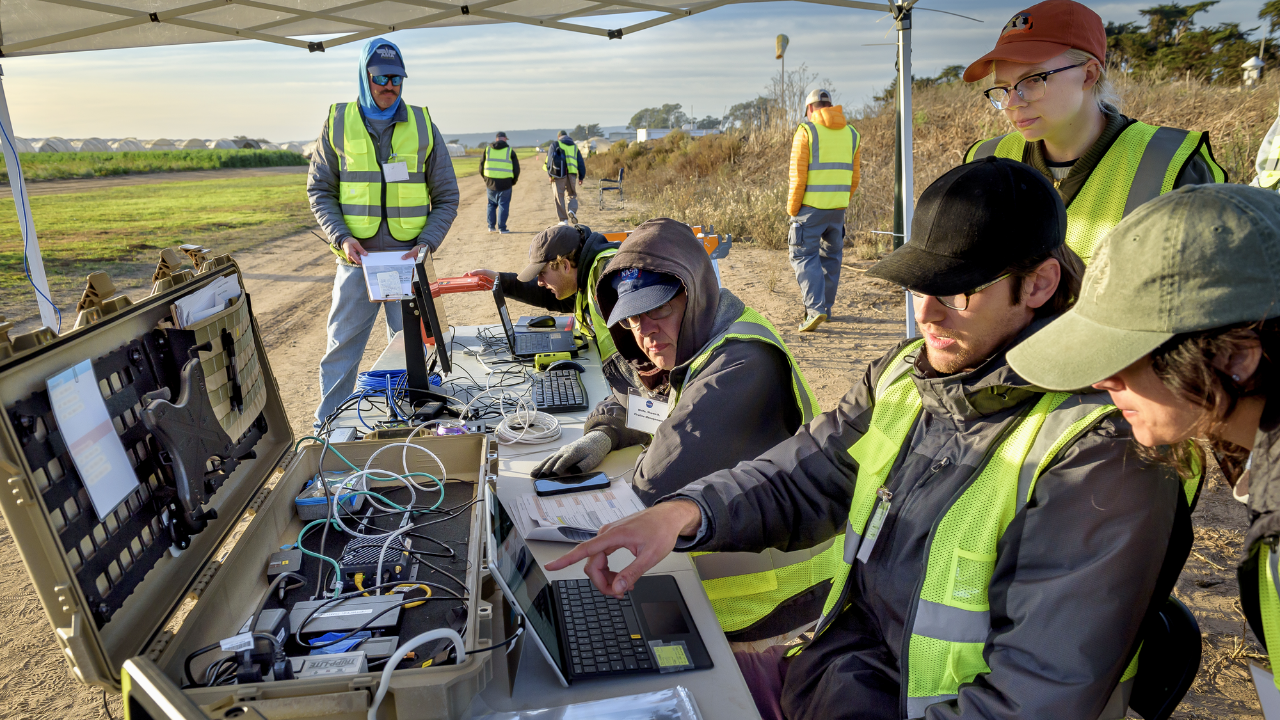
Every year, wildfires in the American West grow more intense, yet aerial firefighting remains hamstrung by a decades-old limitation: aircraft cannot operate safely in darkness or heavy smoke. This operational blackout often coincides with the most dangerous fire conditions, leaving ground crews without vital air support when they need it most. As climate change drives longer and more destructive fire seasons, a new federal partnership is harnessing space-age technology to break through these barriers and transform wildfire response.
Wildfires Outpace Traditional Tactics
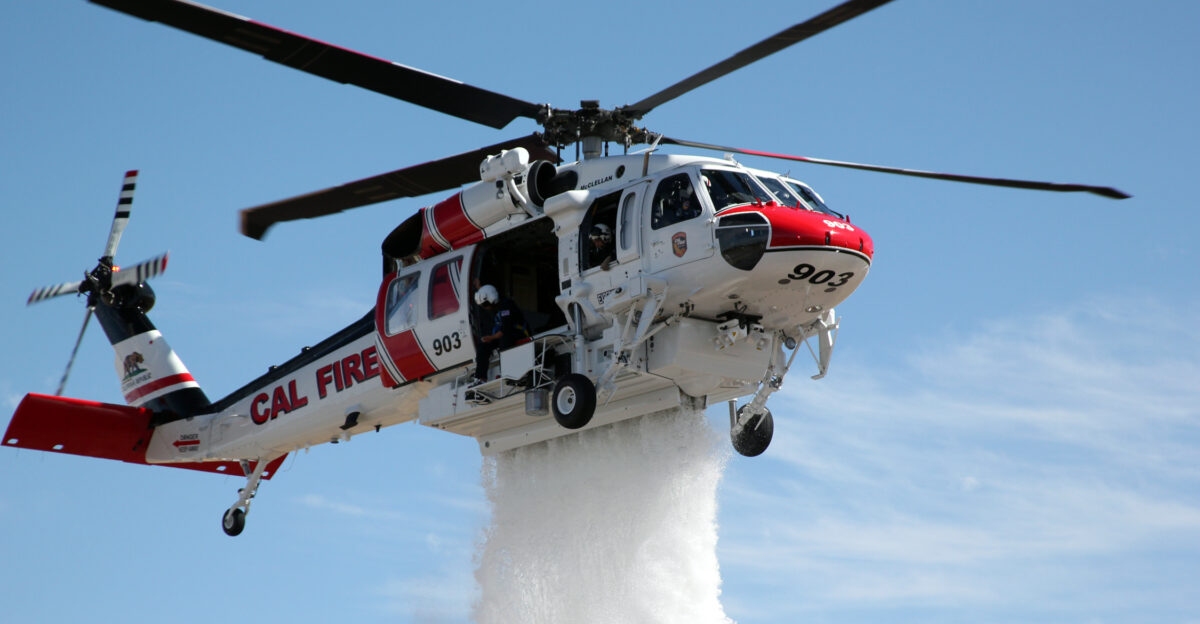
Over the past thirty years, wildfire intensity has soared by 300%, but the tools used to fight these blazes have barely changed. Crewed aircraft—fixed-wing planes and helicopters—still rely on clear visibility to fly, grounding them at night or in thick smoke. In the 2024 fire season, more than 50 firefighters were hospitalized for heat-related illnesses while battling flames without aerial support after sunset. Rolling blackouts in California further complicated evacuations, highlighting the vulnerability of communities when air operations are suspended. Federal agencies have identified the inability to fight fires at night as a critical weakness, with lives and property increasingly at risk as unchecked fires rage through the dark.
Stalled Innovation and Mounting Pressure
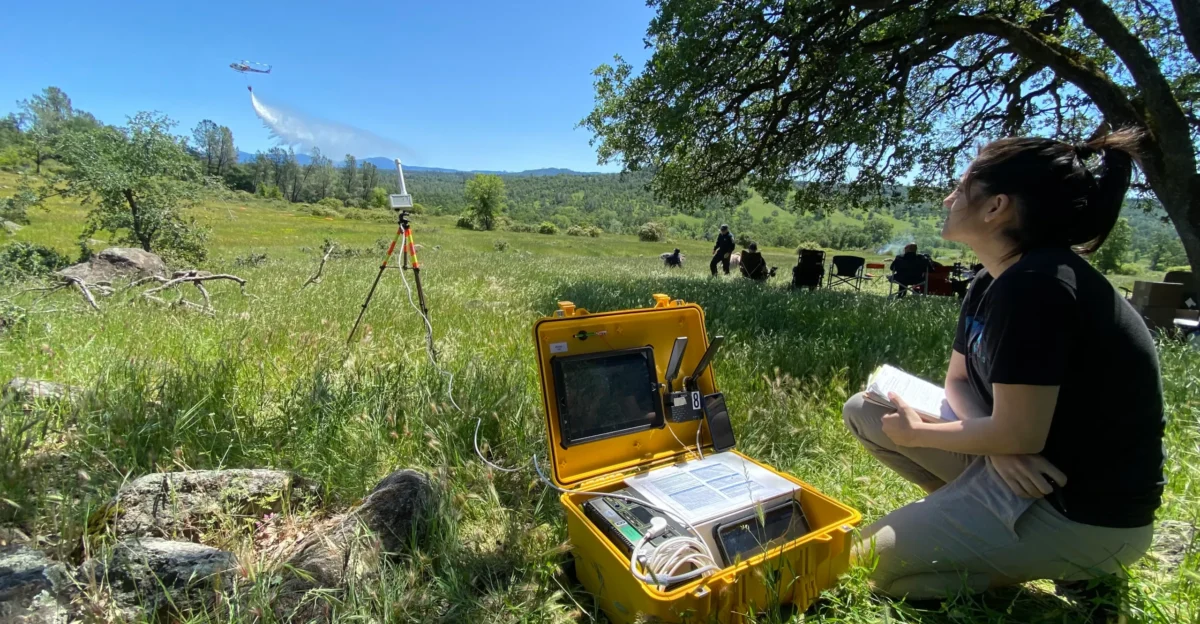
Since the 1950s, aerial firefighting has relied on dropping retardant from planes and helicopters, but these methods remain tethered to daylight and clear skies. The Federal Aviation Administration’s safety rules, designed for crewed aircraft, do not account for the capabilities of autonomous systems. While drones have revolutionized industries from agriculture to disaster assessment, their use in firefighting has lagged behind. Today, fire seasons stretch year-round, compressing the window for effective response. The Bipartisan Infrastructure Law has allocated $1.5 billion over five years for wildfire mitigation, but funding for advanced airspace management technology—like the ACERO initiative—remains a fraction of that, at $15 million for fiscal year 2026. State fire chiefs warn that current aerial fleets are “maxed out on capability within current safety constraints,” and insurance companies are redlining high-risk counties due to inadequate nighttime response infrastructure.
NASA’s ACERO Project Breaks New Ground
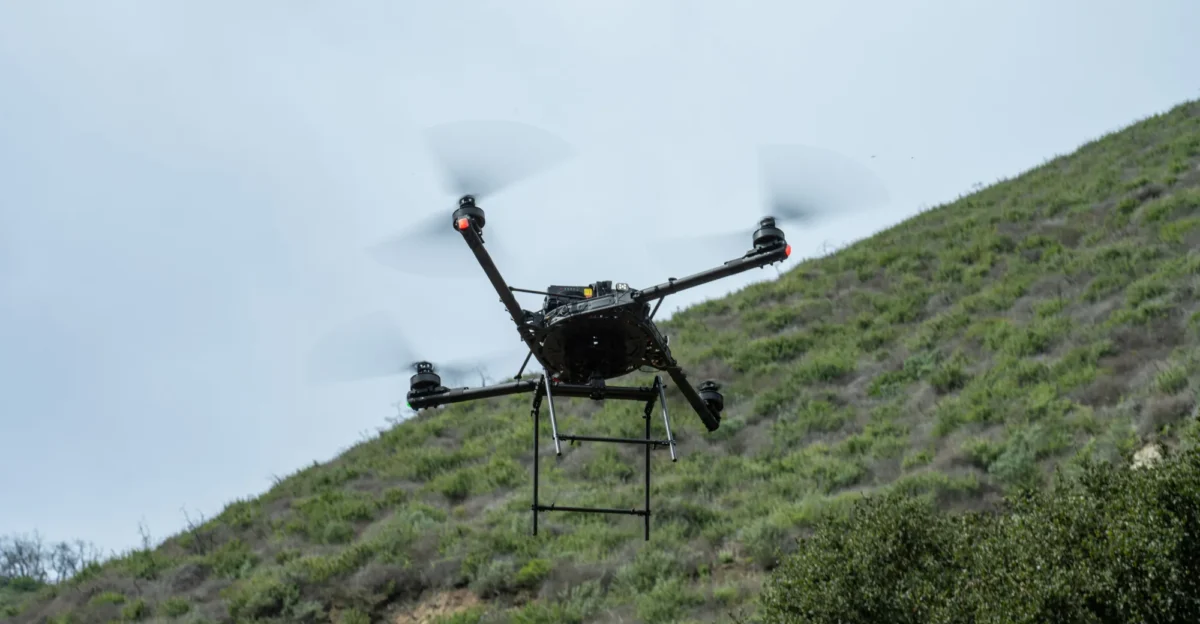
In March 2025, NASA’s Advanced Capabilities for Emergency Response Operations (ACERO) project conducted multi-day field tests in California’s Sierra de Salinas mountains. For the first time, drones and remotely piloted aircraft coordinated in zero visibility conditions—scenarios that would have grounded all crewed operations. Using the Portable Airspace Management System (PAMS), NASA tracked autonomous aircraft even in areas with unreliable cell coverage. Dr. Min Xue’s team simulated airspace management during severe nighttime and smoky conditions, demonstrating that uncrewed systems can operate safely and effectively when traditional methods fail. CAL FIRE, the nation’s largest state firefighting agency, validated these findings by deploying drones equipped with thermal imaging to monitor fires through dense smoke. In January 2025, CAL FIRE commanders reported a historic milestone: “We’ve had 24-hour operations.” The tests proved that PAMS could coordinate multiple autonomous platforms over complex terrain, maintaining situational awareness and enabling continuous firefighting efforts.
Transforming Firefighting Strategy
The ACERO initiative marks a turning point in wildfire response. Integrating drones into nighttime operations provides timely air support when it is most critical to contain fires. Drones offer thermal vision, real-time data, and the ability to cover vast areas more efficiently than traditional aircraft. This shift in tactics promises to make firefighting more controlled and effective, potentially saving lives and property. Enhanced coordination between drone operations and ground teams, enabled by PAMS, allows agencies to manage air traffic among multiple unmanned systems, optimizing air support during crises. Real-time airspace management ensures greater safety for personnel and enables rapid responses as conditions change, representing a significant advancement in incident command capabilities.
Looking Forward: Challenges and Opportunities
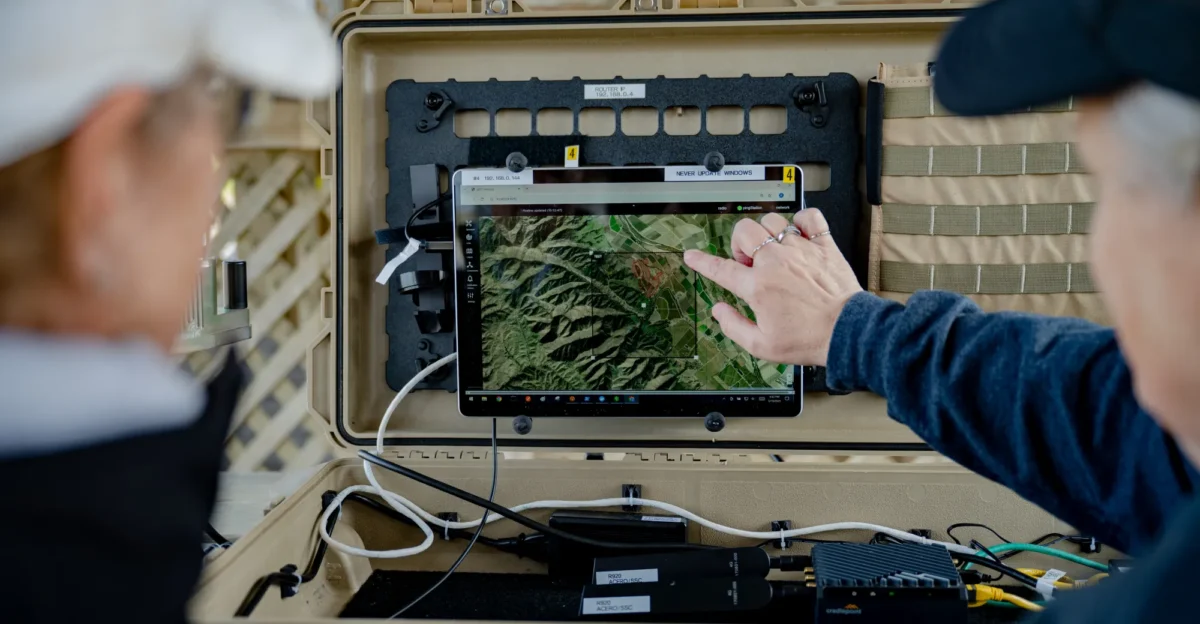
The adoption of drone technology in aerial firefighting could reshape industry standards. Continued investment and research may lead to more sophisticated drones with advanced sensors and payloads, further improving wildfire management. Legislative support is crucial; the ACERO Act, introduced in January 2025, authorizes $15 million to transition the technology from research to operational deployment. The Federal Aviation Administration is developing a framework for beyond-visual-line-of-sight drone operations, paving the way for sustained nighttime missions. Public confidence will be essential, requiring education and outreach to build trust in drone operations among local communities. As NASA’s ACERO initiative and similar efforts mature, they offer hope for a future where aerial firefighting is no longer limited by darkness or smoke. With continued collaboration across agencies, industry, and communities, drone technology stands poised to redefine wildfire response, protecting lives, property, and the environment in an era of escalating fire risk.